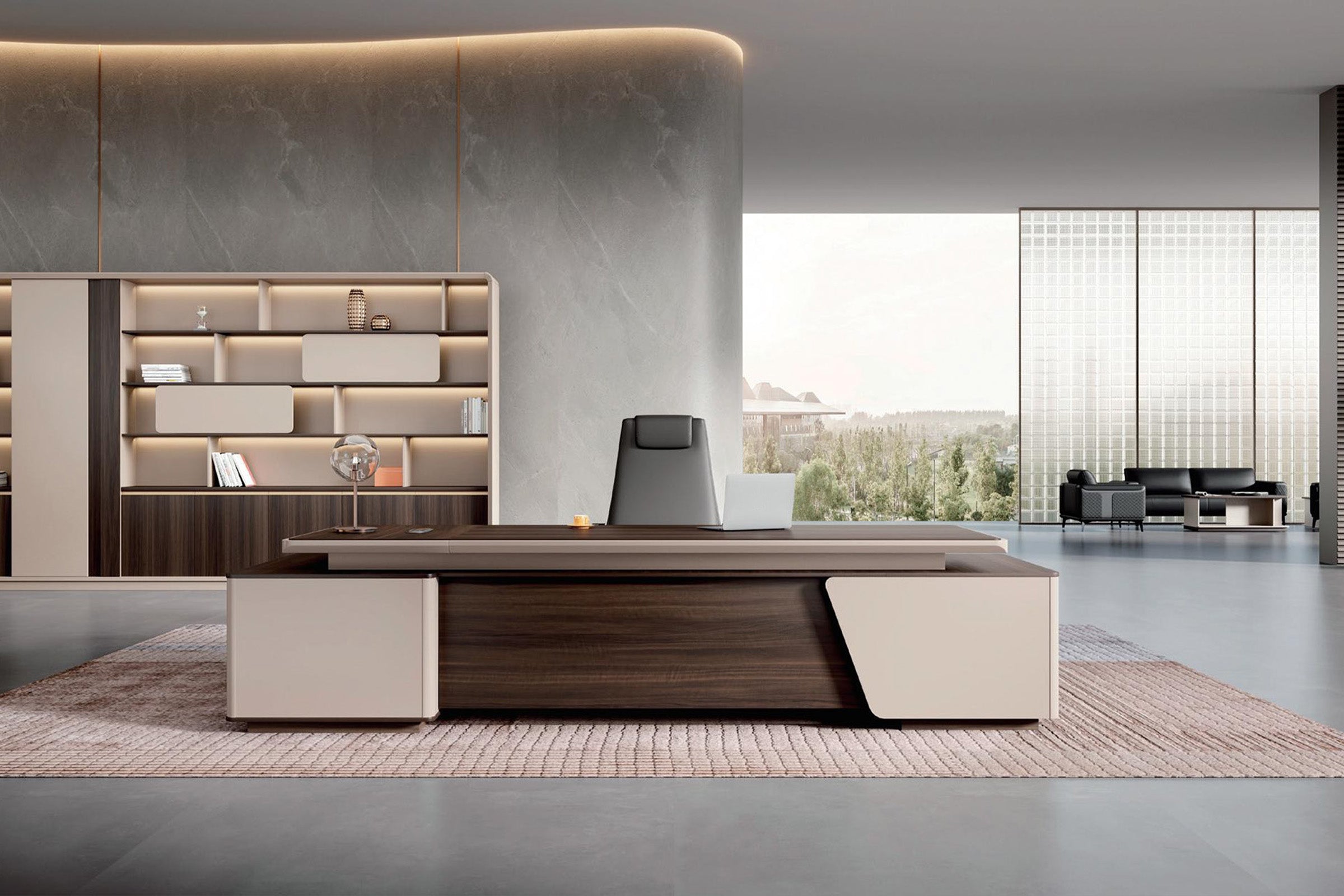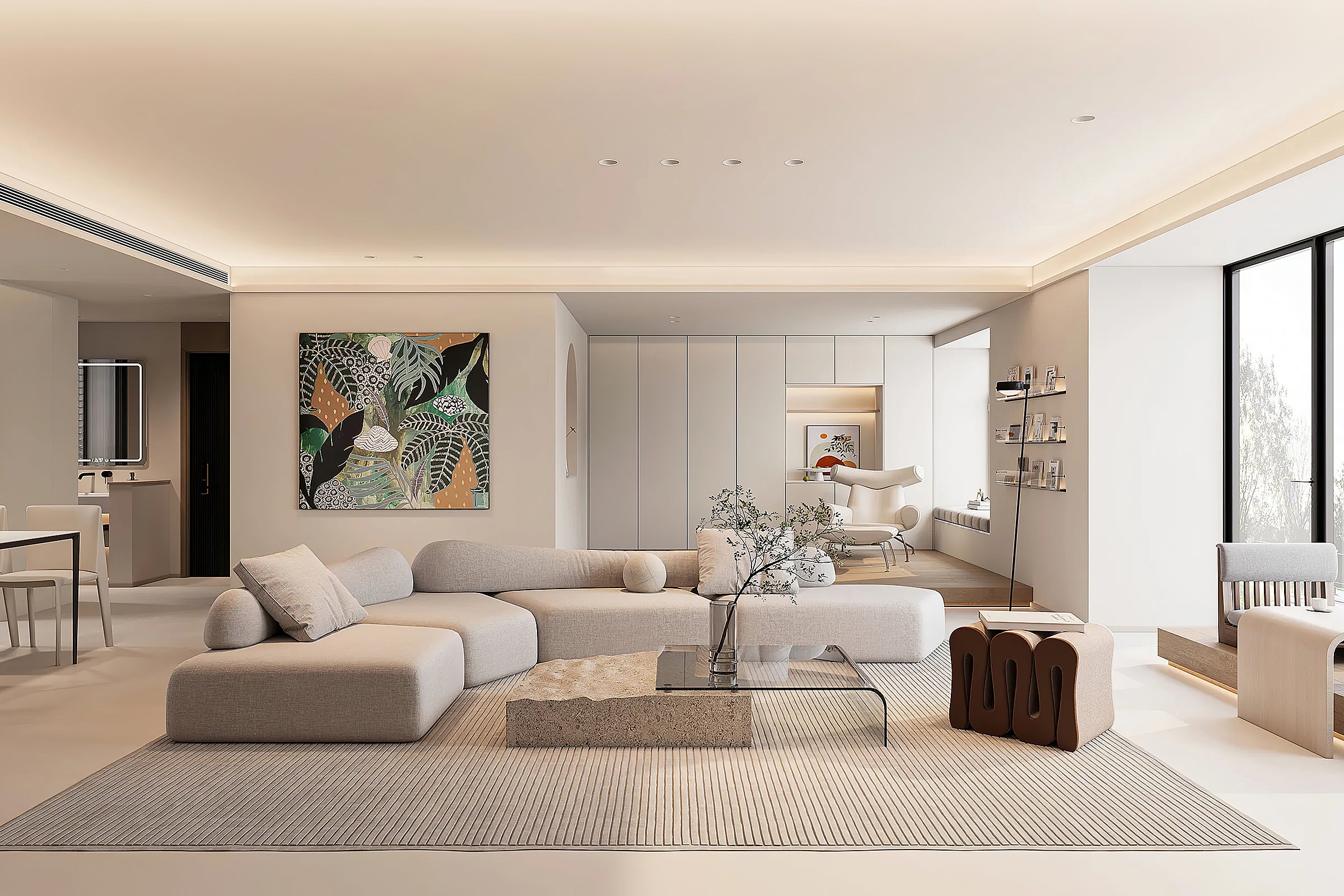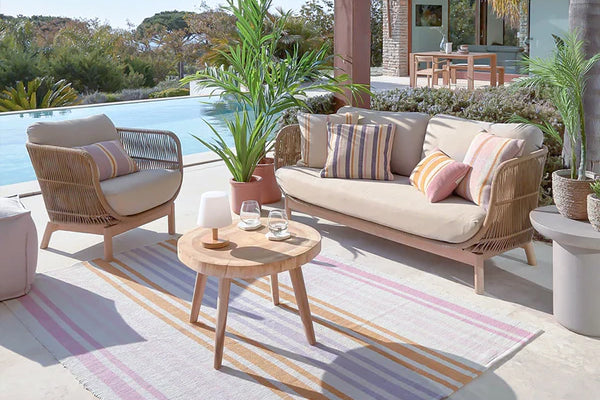|
Content Menu ● History of Conference Tables ● Types of Conference Tables ● 1. Boardroom Tables ● 2. Open-Center Tables ● 3. U-Shaped Tables ● 4. Classroom Tables ● 5. Boat-Shaped Tables ● 6. Round Tables ● 7. Keystone-Shaped Tables ● Features of High-Quality Conference Tables ● Future of Conference Tables ● Choosing the Right Conference Table ● Practical Size Considerations ● Customization and Design Considerations ● Ergonomic Considerations ● Sustainability in Conference Tables ● Conclusion ● Frequently Asked Questions ● Additional Considerations for Conference Tables ● Acoustic Design ● Lighting Integration ● Modular Furniture ● Technology for Virtual Meetings ● Maintenance and Durability ● Future Trends in Conference Tables Conference tables are a crucial element in any office setting, serving as the centerpiece for meetings, discussions, and decision-making processes. These tables are designed to accommodate a variety of chair heights and provide ample space for papers, laptops, and other materials necessary for efficient collaboration. In this article, we will delve into the history, types, features, and future of conference tables, along with practical considerations for choosing the right one for your office. History of Conference TablesConference tables have their roots in grand chambers of palaces and government buildings, where they symbolized power and authority. As businesses grew, the need for formal gathering spaces became evident, leading to the introduction of large tables in boardrooms and meeting rooms. Over time, these tables evolved to reflect an organization's stature, values, and the importance of collective dialogue. Types of Conference TablesConference tables come in various shapes and sizes, each designed to suit different meeting needs and office aesthetics. 1. Boardroom Tables
2. Open-Center Tables
3. U-Shaped Tables
4. Classroom Tables
5. Boat-Shaped Tables
6. Round Tables
7. Keystone-Shaped Tables
Features of High-Quality Conference TablesA good conference table should combine functionality, aesthetics, and adaptability. Key features include:
Future of Conference TablesAs virtual collaboration grows, conference tables are evolving to incorporate more technology and modular designs. This includes:
Choosing the Right Conference TableWhen selecting a conference table, consider the following factors:
Practical Size ConsiderationsFor an 8-foot table, you typically need a room that is at least 17 feet 4 inches by 13 feet 4 inches to accommodate six to eight people comfortably. A 10-foot table requires a slightly larger space, around 19 feet 4 inches by 13 feet 4 inches, to seat eight to ten people. Larger tables, such as those measuring 12.5 feet or more, will need even more space to ensure everyone has enough room to move around. Customization and Design ConsiderationsConference tables can be customized to fit specific office needs. This includes:
Ergonomic ConsiderationsErgonomic design is crucial for comfort during long meetings. This includes:
Sustainability in Conference TablesAs companies focus on sustainability, conference tables are being made from eco-friendly materials. This includes:
ConclusionConference tables are more than just furniture; they are hubs for collaboration, decision-making, and innovation. By understanding the different types, features, and considerations for choosing the right table, businesses can create effective meeting spaces that foster productivity and creativity. Frequently Asked Questions
Additional Considerations for Conference TablesAcoustic DesignIncorporating acoustic panels or sound-absorbing materials into the design of conference tables can significantly reduce echo and improve sound quality during meetings. This is particularly important in rooms with high ceilings or hard surfaces that tend to reflect sound. Lighting IntegrationProper lighting is essential for creating a comfortable and productive environment. Conference tables can be designed with built-in lighting options, such as LED strips or overhead lighting, to ensure that the workspace is well-illuminated without causing glare on screens. Modular FurnitureUsing modular furniture alongside conference tables allows for flexibility in meeting arrangements. Modular chairs and desks can be easily rearranged to accommodate different meeting styles, from formal presentations to informal brainstorming sessions. Technology for Virtual MeetingsAs remote work becomes more prevalent, integrating technology that supports virtual meetings is crucial. This includes high-quality webcams, microphones, and screens that can be seamlessly integrated into the conference table design. Maintenance and DurabilityChoosing materials that are easy to clean and maintain can extend the lifespan of a conference table. Durable surfaces like glass or solid wood are ideal for high-traffic areas. Future Trends in Conference TablesThe future of conference tables will likely involve even more advanced technology integration, such as augmented reality (AR) and virtual reality (VR) capabilities. These technologies will enable more immersive and interactive meetings, enhancing collaboration across different locations. Additionally, there will be a greater emphasis on sustainability, with tables made from recycled materials becoming more common. Modular designs will also continue to evolve, allowing for easier reconfiguration to suit different meeting styles. |
- Choosing a selection results in a full page refresh.













